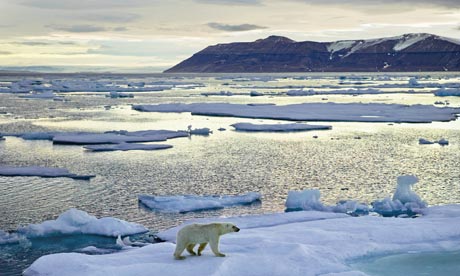 From Ninemsm:
From Ninemsm:Some basic principles of physics and astronomy have been cast into doubt by new research involving scientists in Australia and Europe.
The researchers, including Dr Helmut Jerjen of the Australian National University, studied dwarf galaxies orbiting the Milky Way.
They found the galaxies were not uniformly spread around, as predicted by the so-called dark matter theory.
"They are forming some sort of disc in the sky," Dr Jerjen said.
The dark matter theory explains some major problems in cosmology by postulating that most of the matter in the universe is invisible.
Read more ....
















































